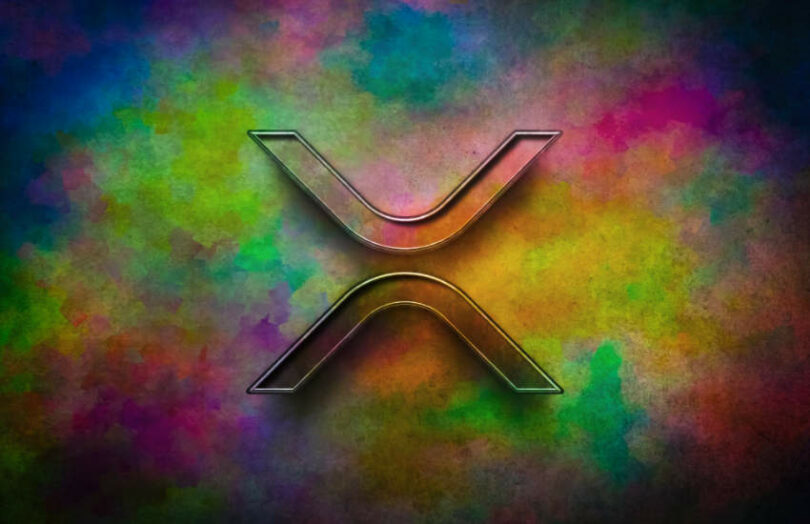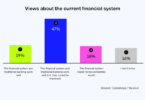Yesterday Judge Torres ruled in the Southern New York District court that some sales of the XRP crypto token by Ripple were classified as securities and some sales were not. The Judge’s arguments seem reasonable, but after first reading the ruling, I intuitively found it inconsistent.
I want to explore why its troublesome from a logical rather than a legal perspective (I’m not a lawyer). Most legal findings start with a rationale and provide case law to support their arguments.
The XRP sold to institutions is fungible with – the same as – the XRP sold to retail investors. So while the Torres logic is sound, shouldn’t the ruling find that XRP is either or a security or it isn’t, universally.
If the same instrument is sometimes a security and sometimes not, the laws are potentially a mess.
A summary of the XRP ruling
There were three scenarios the judge explored:
- sales to institutional investors
- sales to retail investors who bought them via exchanges and didn’t know whether they were primary or secondary sales
- other distributions were giveaways, so lack of payment fails the Howey test.
Judge Torres found that the institutional sales involved securities. She wrote, “the nature of the Institutional Sales also supports the conclusion that Ripple sold XRP as an investment rather than for consumptive use.” Because the institutinos bought direct from Ripple they had an investment contract.
The key question mark is around retail investors who bought XRP from Ripple. Because they bought via programmatic sales through an exchange, buyers were unaware if they were purchasing in the secondary market or direct from Ripple. Hence the judge argued they weren’t aware the money went to Ripple, so they didn’t invest expecting Ripple to promote XRP. She did’t explicitly make a ruling on secondary sales.
By the way, Ripple has 2.6 million Twitter followers. Another enterprise oriented blockchain firm R3 (doesn’t have a token) has 56,600 followers. The Hyperledger association that supports open source software, including for public blockchain (Ethereum Besu), has 79,400 followers. So why does Ripple have so many followers? Because they don’t expect Ripple to promote XRP?
Applying XRP logic to other ‘instruments’
Let’s explore an imperfect analogy.
Someone starts a company and turns it into a unicorn by bootstrapping it. OK, not likely. Along the way, quite a few staff received equity and they own a big chunk of the company. A lot of staff are keen to sell and the volumes are pretty big. So the company does a direct listing and the staff sell some of their stock as secondary market sales. The investors believe they are buying it from the staff or ex-staff, not from the company. There are similarities with the Torres scenario.
In the absence of specific legislation preventing this, there is stock being traded publicly but the company would not need to file a prospectus – the thing that helps to protect investors.
That’s the other weird thing about the XRP ruling. Protections go to those that need it least – the institutions and not to the retail investors. That seems counter intuitive.
The aim here was to give a brief rational analysis rather than take sides. The SEC didn’t need to take the risk of going to court. The regulator had options such as providing a list of criteria for when a token qualifies as a security or introducing safe harbor provisions. It rolled the dice, and here we are.
Given this is a District Court ruling that is weak for legal precedent, the situation doesn’t seem much clearer.






